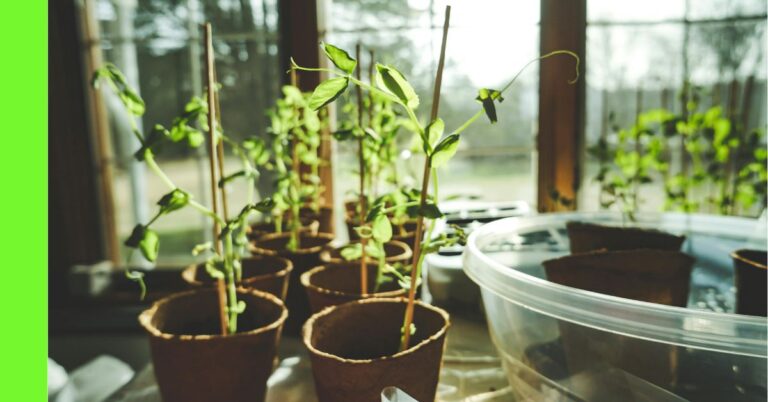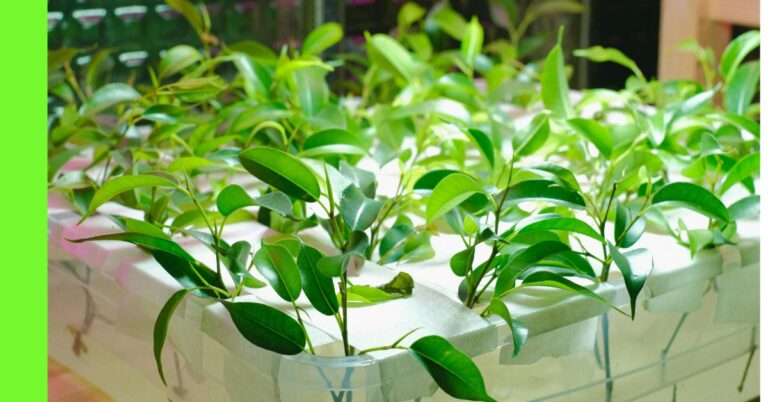Irrigation Systems: All You Need To Know

In one article, we looked at the best practices for watering plants.
Today, we’ll look at various irrigation systems for gardeners and farmers.
In Nigeria, we have two major seasons: the rainy and dry season
The rainy season is between March to October in the southern region and June to October in the northern region
The dry season is between November and February in the south region and November and May in the north region.
During the rainy seasons, crops planted may need little or no additional watering aside from the rains.
This season has favoured the cultivation of most crops because the rains water the crops naturally, making it easier and less expensive.
Although some crops’ growing season is during the rainy season, some can be grown all year round.
Cultivating solely during the rainy season limits the availability of this crop all year round and affects its price in the market.
This then calls for another way of doing farming.
With irrigation, we can grow certain crops all year round, irrespective of the time of the year.
Another reason irrigation is considered in Nigeria is
Some regions, especially the northern part of the country, do not have abundant rainfall, and farmers or gardeners in their region rely on irrigation to water their crops.
What is Irrigation?
Irrigation is the artificial application of water to support plant growth.
Ensuring a constant water supply through irrigation helps eliminate the unpredictability of rainfall and mitigate the risk of drought, thereby ensuring agricultural productivity.
History of Irrigation
The history of irrigation dates back to ancient civilisations such as Mesopotamia, Egypt, and the Indus Valley,
Early methods included simple canals and ditches to divert water from rivers to agricultural fields.
As these civilisations evolved, so did their irrigation techniques, with innovations like the shaduf and the qanat gaining prominence.
These early systems laid the groundwork for more advanced irrigation methods that would follow in subsequent centuries.
Advances continued during the medieval period with the introduction of water wheels and the development of extensive canal networks.
The Renaissance era witnessed further refinement, including the use of hydraulic engineering and the invention of various water-lifting devices.
The modern era of irrigation began in the 20th century, marked by the advent of motorised pumps, sprinkler systems, and automated controls, revolutionising water management practices.
Today, irrigation systems are highly sophisticated, utilising technology such as drip irrigation, centre pivots, and computerised control systems to optimise water use efficiency.
Integrating sensors and data analytics has also allowed for precision agriculture,
where water application is fine-tuned to meet the specific needs of different crop types and climatic conditions.
These innovations enhance crop yields and contribute significantly to sustainable water use and environmental conservation.
Irrigation is vital to modern agriculture and landscape management, meeting the ever-growing demands for food production and ecological sustainability.
Through its historical evolution and ongoing advancements, irrigation remains indispensable in harnessing water resources effectively and responsibly.
Types of Irrigation System
There are different types of irrigation, each suitable for various climates, soil types and crops.
Surface Irrigation
Traditionally, it involves water distribution over the soil surface by gravity.
It is commonly used in agricultural fields and involves methods such as;
- Flood irrigation
- Furrow irrigation
The advantages of surface irrigation include its simplicity and low operational costs.
However, its water use efficiency can be relatively low, often resulting in water wastage due to runoff and evaporation.
Drip Irrigation
Also known as trickle irrigation, it provides water directly to the plant roots through a network of valves, pipes, tubing, and emitters.
This method is highly efficient, as it minimises water loss and ensures consistent soil moisture levels, which are critical for crop yield and quality.
Drip irrigation is particularly beneficial in arid regions and is ideal for horticulture, vineyards, and field crops.
Sprinkler Irrigation
It mimics natural rainfall by distributing water through pipes and high-pressure sprinklers.
This versatile method can be used on various soil types and topographies. It is effective for larger areas and is commonly employed in lawn irrigation, golf courses, and crop fields.
Despite widespread use, sprinkler systems may encounter wind drift and evaporation issues.
Subsurface Irrigation
This involves applying water below the soil surface directly into the root zone.
This method, which includes techniques like subsurface drip irrigation, is highly efficient regarding water usage and mitigates issues like runoff and evaporation.
Subsurface irrigation is highly effective for crops requiring precise water management and is increasingly being adopted in high-value crop areas.
Advantages of Irrigation Systems
Implementing irrigation systems offers a range of benefits that can significantly enhance agricultural productivity and sustainability.
Some of the primary advantages are;
- The significant increase in crop yield.
- Irrigation provides a reliable water source, helping to stabilize and improve agricultural outputs, even in regions with inconsistent rainfall.
- This reliable water supply can also extend the growing season, allowing for multiple harvests per year.
- Irrigation systems contribute to efficient water use. Drip and micro-irrigation methods, for instance, deliver water directly to the plant roots, minimizing evaporation and runoff.
- This focused approach conserves water and ensures that crops receive the optimal amount of moisture, promoting healthier plant growth.
- Additionally, irrigation is crucial in enabling agriculture in arid and semi-arid regions, turning previously non-arable lands into productive farmland.
Disadvantages of Irrigation Systems
Despite these advantages, irrigation systems are not without their drawbacks.
Some of the most significant disadvantages are;
- The high initial setup cost.
- Installing sophisticated irrigation technologies like drip or sprinkler systems requires substantial investment in equipment and infrastructure.
- Further, ongoing maintenance can be both time-consuming and costly.
- Regular inspections, repairs, and system adjustments are necessary to maintain efficiency and prevent clogging or leaks.
- The environmental impacts of irrigation systems also warrant consideration.
- Over-irrigation can lead to waterlogging and soil salinization, degrading soil quality and harming crop productivity in the long term.
- Additionally, inefficient irrigation practices may contribute to the depletion of water resources, affecting local ecosystems and biodiversity.
- Some irrigation methods balance efficiency, cost, and environmental impact when aiming for sustainability.
- Systems like controlled flood and subsurface drip irrigation offer middle-ground solutions, combining affordability with moderate environmental impacts.
- Adopting advanced technologies such as automated irrigation controllers and soil moisture sensors can further enhance water-use efficiency, making irrigation more sustainable and cost-effective in the long run.
I Hope This Article Was Helpful.






